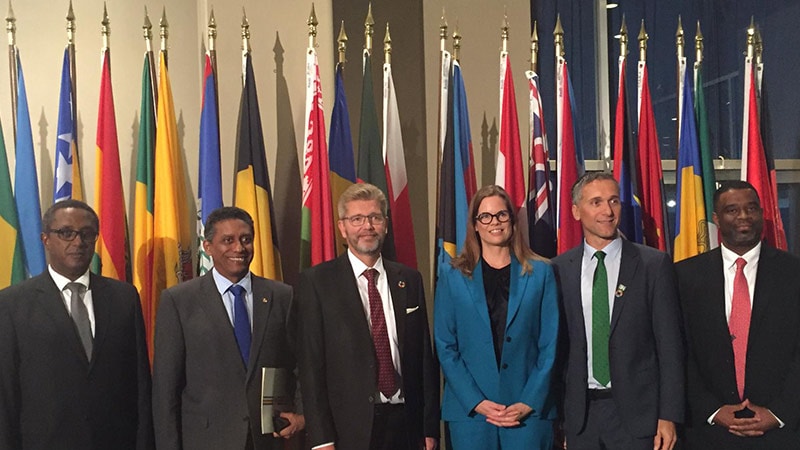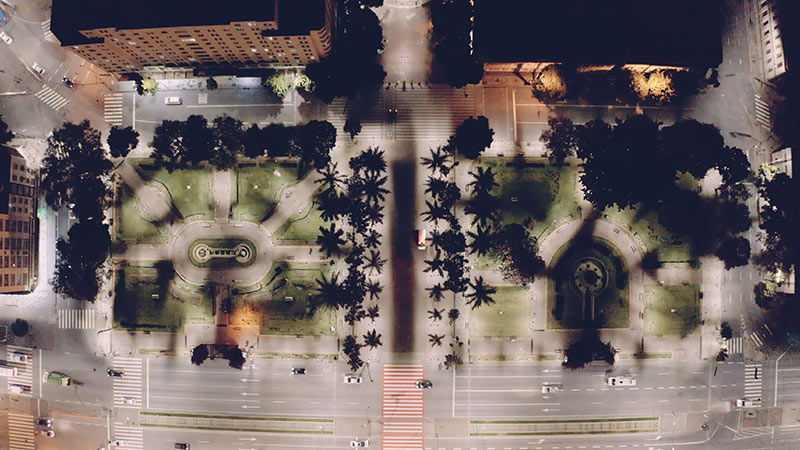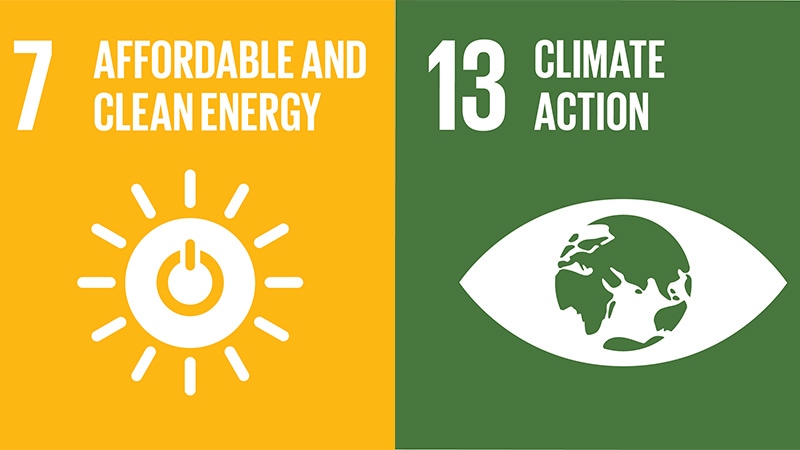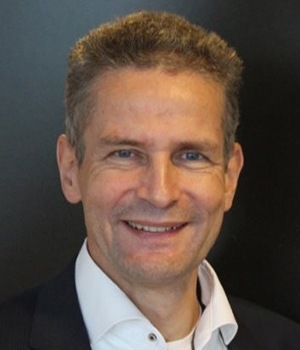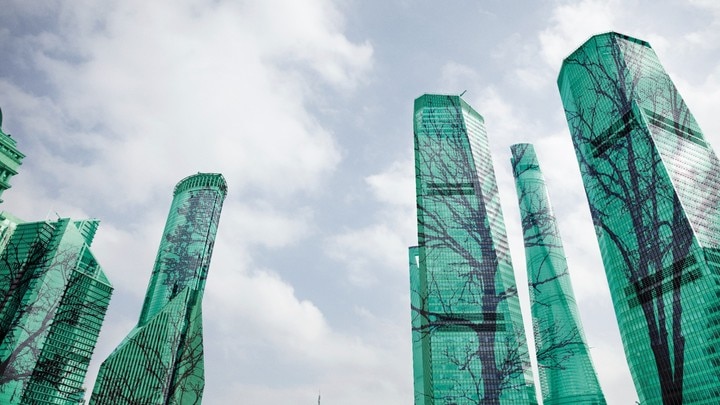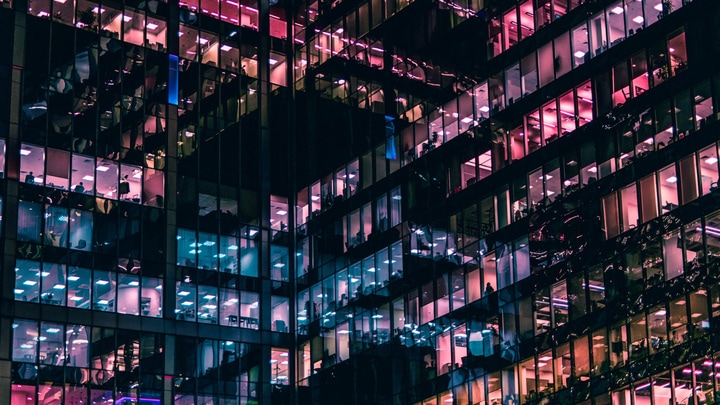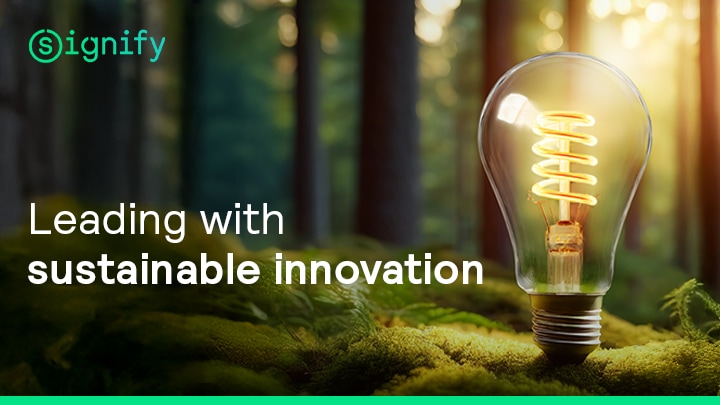By 2030, the global tally of light points will have increased to 60 billion. Simply replacing inefficient conventional lighting with LEDs would reduce energy consumption by a remarkable 53% and making the system intelligent could further improve savings up to 80%.
In 2015, the UN established 17 global goals for sustainable development, known as the Sustainable Development Goals. Their purpose is to fight climate change and its catastrophic consequences for food security, weather patterns, and natural disasters.
For example, both Sustainable Development Goal 7: Affordable and clean energy, and Goal 13: Climate change, are crucial to preventing these consequences. One of the ways by which we strive to contribute to these goals is leading the way to sustainable lighting.
